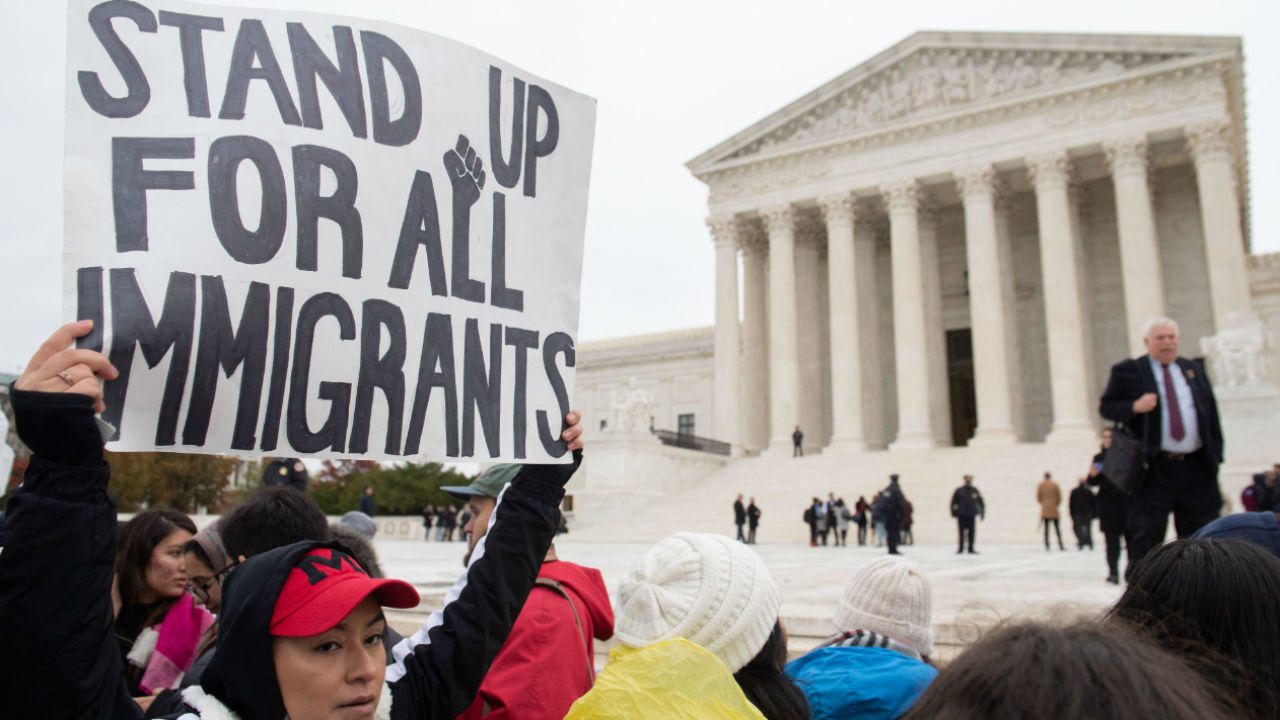A warming, rapidly changing Arctic is the "new normal" and shows no signs of returning to the reliably frozen region of the past.
This is according to the US National Oceanic and Atmospheric Administration's Arctic Report Card.
Director of the administration's Arctic Researcher Program, Dr Jeremy Mathis, said the region did a great service to the planet – acting as a refrigerator.
"We've now left that refrigerator door open," he added.
Dr Mathis was speaking at the annual American Geophysical Union meeting in New Orleans, where Noaa presented its annual summation of Arctic science.
This is the 12th report the administration has produced. And although it pointed to "a few anomalies" in a recent pattern of warming in the Arctic region, Dr Mathis said: "We can confirm, it will not stay in its reliably frozen state."
"The thing I took that had the most resonance for me was we're able to use some really long-term records to put the Arctic change into context – going back more than 1,500 years.
"What's really alarming for me is that we're seeing the Arctic is changing faster than at any rate in recorded history."
The speed of change, Dr Mathis added, was making it very hard for people to adapt.
"Villages are being washed away, particularly in the North American Arctic – creating some of the first climate refugees," he said.
"And pace of sea level rise is increasing because the Arctic is warming faster than we anticipated even a decade ago."
The 2017 Arctic headlines
Media playback is unsupported on your device
- Warmer air: Average annual air temperature over land was the second highest after 2016, with a temperature 1.6C above average.
- Declining sea ice: The maximum winter sea-ice area, measured each March, was the lowest ever observed. Sea ice is also getting thinner each year.
- Warmer ocean: Sea surface temperatures in August 2017 were 4C above the average in the Barents and Chukchi seas. Surface waters of the Chukchi Sea have warmed by more than half a degree C per decade since 1982.
- Plankton blooms: Springtime melting and retreating sea ice allows sunlight to reach the upper layers of the ocean, meaning more of these microscopic marine plants can photosynthesise.
- Greener tundra: Overall vegetation, including plants getting bigger and leafier and shrubs and trees taking over. Grassland or tundra, increased across the Arctic in 2015 and 2016, as measured by satellite.
- Ups and downs for snow: For the 11th year in the past 12, snow cover in the North American Arctic was below average, with communities experiencing earlier snow melt. The Eurasian part of the Arctic saw above average snow cover extent in 2017 – the first time that has happened since 2005.
- Less melt on Greenland Ice Sheet: Melting began early on the Greenland Ice Sheet in 2017, but slowed during a cooler summer, resulting in below-average melting when compared with the previous nine years. Overall, the Greenland Ice Sheet, a major contributor to sea-level rise, continued to lose mass this past year, as it has since 2002 when measurements began.
Source: 2017 NOAA Arctic Report Card
Scientists say it is clear that human-induced climate change is contributing to making the Arctic a warmer and more dynamic place.
"When we look at the darkening of the Arctic," said Dr Mathis, "reflective, icy surfaces are melting to reveal darker surfaces that absorb more of the Sun's energy.
"So it probably only took a little bit of human-induced change to start the Arctic down this cascading pathway; a little bit of ice melting led to a little bit of warming, which led to more ice melting, which led to more warming.
"And now we're seeing an acceleration – a runaway effect that may eventually be a catastrophic runaway effect starting to take hold in the Arctic."
Oceanographer and retired US Navy Rear Admiral Timothy Gallaudet, who was appointed by the Trump Administration as acting administrator of Noaa, was asked during the Arctic report presentation about the response of the White House to the findings.
Many scientists viewed President Trump's recent decision to withdraw the US from the Paris Climate Agreement as clear evidence of his scepticism about human-induced climate change.
He said that the White House was "addressing and acknowledging it and factoring it in to their agenda".
Dr Mathis added that information coming from this report was "beyond reproach".
"They're facts. Facts weighted in thousands and thousands of scientific measurements that have been validated and peer reviewed by a community of experts working in the area for decades.
"Policy-makers can use those facts as they see fit."
The post Warmer Arctic is the 'new normal' appeared first on News Wire Now.











